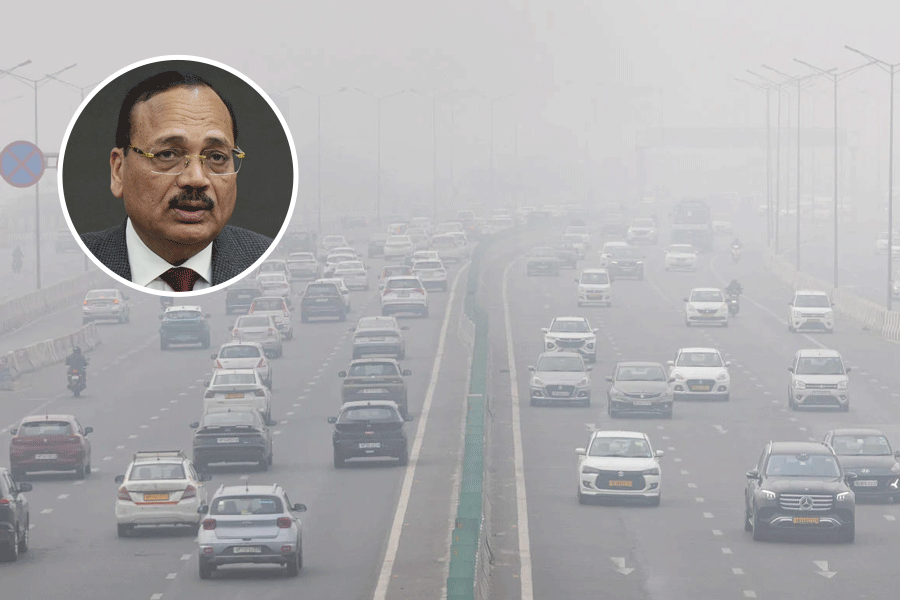It was the last known missile fired by the US in its 20-year war in Afghanistan, and the military called it a “righteous strike” — a drone attack after hours of surveillance on August 29 against a vehicle that American officials thought contained an IS bomb and posed an imminent threat to troops at Kabul’s airport.
But a New York Times investigation of video evidence, along with interviews with more than a dozen of the driver’s co-workers and family members in Kabul, raises doubts about the US version of events, including whether explosives were present in the vehicle, whether the driver had a connection to IS, and whether there was a second explosion after the missile struck the car.
Military officials said they did not know the identity of the car’s driver when the drone fired, but deemed him suspicious because of how they interpreted his activities that day, saying that he possibly visited an IS safe house and, at one point, loaded what they thought could be explosives into the car.
Times reporting has identified the driver as Zemari Ahmadi, a longtime worker for a US aid group. The evidence suggests that his travels that day actually involved transporting colleagues to and from work. And an analysis of video feeds showed that what the military may have seen was Ahmadi and a colleague loading canisters of water into his trunk to bring home to his family.
While the US military said the drone strike might have killed three civilians, Times reporting shows that it killed 10, including seven children, in a dense residential block.
Ahmadi, 43, had worked since 2006 as an electrical engineer for Nutrition and Education International, a California-based aid group. The morning of the strike, Ahmadi’s boss called from the office at around 8.45am, and asked him to pick up his laptop.
“I asked him if he was still at home, and he said yes,” the country director said in an interview at NEI’s office in Kabul. Like the rest of Ahmadi’s colleagues, he spoke on condition of anonymity because of his association with an American company.
According to his relatives, that morning Ahmadi left for work around 9am in a white 1996 Corolla that belonged to NEI, departing from his house, where he lived with his three brothers and their families, a few kilometres west of the airport.
US officials told The Times that it was around this time that their target, a white sedan, first came under surveillance, after it was spotted leaving a compound identified as an alleged IS safe house about five kilometres northwest of the airport.
It is unclear if officials were referring to one of the three stops that Ahmadi made to pick up two passengers and the laptop on his way to work: The latter location, the home of NEI’s country director, was close to where a rocket attack claimed by IS would be launched against the airport the following morning, from an improvised launcher concealed inside the trunk of a Toyota Corolla, a model similar to Ahmadi’s vehicle.
A Times reporter visited the director at his home, and met members of his family, who said they had been living there for 40 years. “We have nothing to do with terrorism or IS,” said the director, who also has a US resettlement case. “We love America. We want to go there.”
Throughout the day, an MQ-9 Reaper drone continued to track Ahmadi’s vehicle as it drove around Kabul, and US officials claimed they intercepted communications between the sedan and the alleged IS safe house, instructing it to make several stops.
But the people who rode with Ahmadi that day said that what the military interpreted as a series of suspicious moves was simply a normal day at work. After stopping to pick up breakfast, Ahmadi and his two passengers arrived at NEI’s office, where security camera footage obtained by The Times recorded their arrival at 9.35am.
When Ahmadi pulled into the courtyard of his home — which officials said was different than the alleged IS safe house — the tactical commander made the decision to strike his vehicle, launching a Hellfire missile at around 4.50pm. Although the target was now inside a densely populated residential area, the drone operator quickly scanned and saw only a single adult male greeting the vehicle, and therefore assessed with “reasonable certainty” that no women, children or non-combatants would be killed, US officials said.











